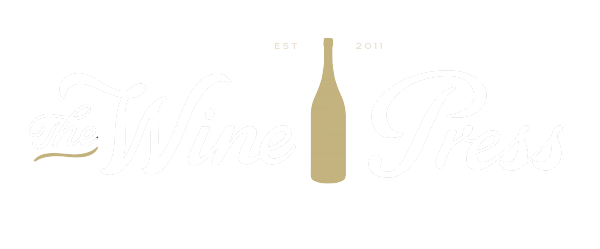tasting notes ep.1
My wife and I spent our honeymoon in Napa. Bouncing from winery to winery, we tasted everywhere from Carneros to Oakville. Somewhere in the middle of our journey through the valley, at a winery whose name escapes me to this day, my wife held the tasting menu up and said, “what the heck does ‘dusty boysenberry’ taste like?”
For years, “dusty boysenberry” became our inside joke for the seemingly boundless level of pretentiousness that surrounds wine tasting. Every time we met a snooty somm, read a long-winded wine magazine review, or squirmed in our seats while a winery rep extolled the virtues of the vintage, we laughed at the dusty boysenberry-ness of it all. Since I started at WP, I’ve been tasked with running our Wednesday evening wine tasting event in Brookline. Suddenly, I’m the person on the other side of the tasting table, trying desperately not to say anything resembling dusty boysenberry, walking a fine line between education and enjoyment. It’s harder than it looks.
Wine tasting scares people, especially those who claim to have very little experience drinking wine. Sometimes, they won’t say what they think the wine tastes like because they think it’s wrong. Other times, they think the words they’re using are wrong (tannins? dry? mouthfeel? biodynamic?). These anxieties get in the way of what’s supposed to be a fun and relaxing diversion. In order to break these tensions, I tell people two things. They’re not hard and fast rules for tasting. But they help put the whole business in perspective, whether a person has tasted three wines or three hundred.
The first thing I tell people is tasting, like many things in life, is an empirical activity first and foremost. Let the senses guide you through the experience. And since tasting is based on the senses, everyone’s experience will be different. One person will taste chocolate; another, cherry; a third, vegetables. There’s no “right” or “wrong” taste or smell when it comes to wine. The second thing I tell people is a direct corollary to the first. Those recognized tastes and smells are very often based on sense memories. Eat a lot of blueberries recently? Chances are you’ll taste blueberry in the wine. Have mushrooms for lunch? It might be the first thing you pick up on. Walk through the Commons after it rains (not lately, I know)? You just might smell wet earth when you raise the glass to your nose.
Just like every person’s life experience is a little different, so will every person’s wine tasting experience be different. The more sensory experiences you can accrue, the greater your bank of smells and tastes will be when you taste wine. Having a variable diet that challenges your palate is great training for wine tasting. Spending time smelling and sampling at a farmers’ market is also highly recommended.
I will offer one caveat, though. It’s easy to forget that access to a diverse diet and farmers’ markets - not to mention wine tasting itself - is a privileged activity. Socioeconomic factors, food deserts, and other inequalities ingrained in our culture keep the experience and enjoyment of wine from a too-large part of our population. Addressing these inequalities can have the happily unintended consequence of spreading wine culture to underserved or ignored communities right here in Boston alone. I had this conversation with Alice Achayo, a woman of color who runs The Wine Linguist. She was adamant that equipping people with experiences often taken for granted gives them access to cultures that are closed to them.
The more we invite wine into our lives, the more we demystify it. The more it is demystified, the more it will spread in our communities. The more it spreads, the more it will help to bind us together, one dusty boysenberry at a time.
—Eric
